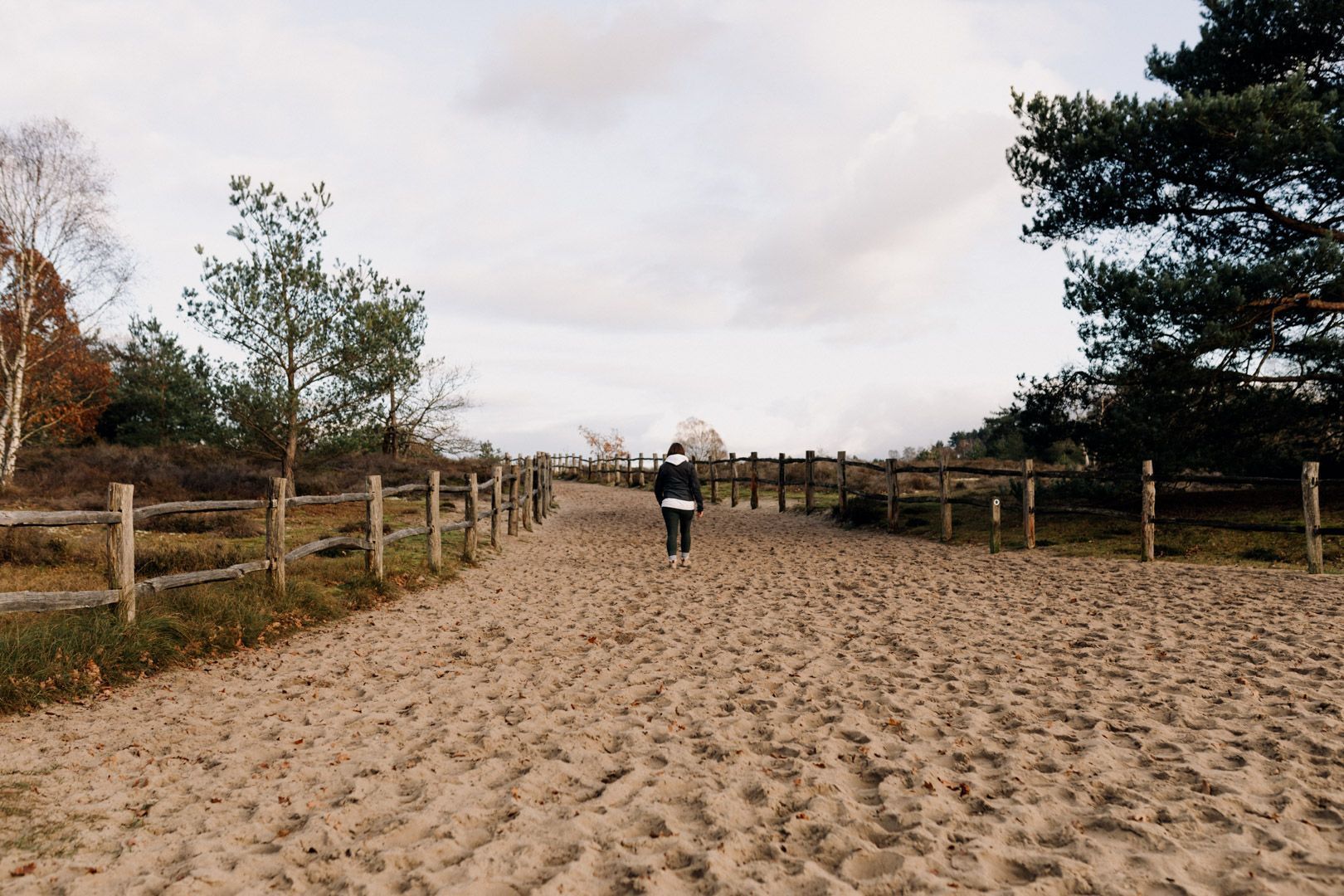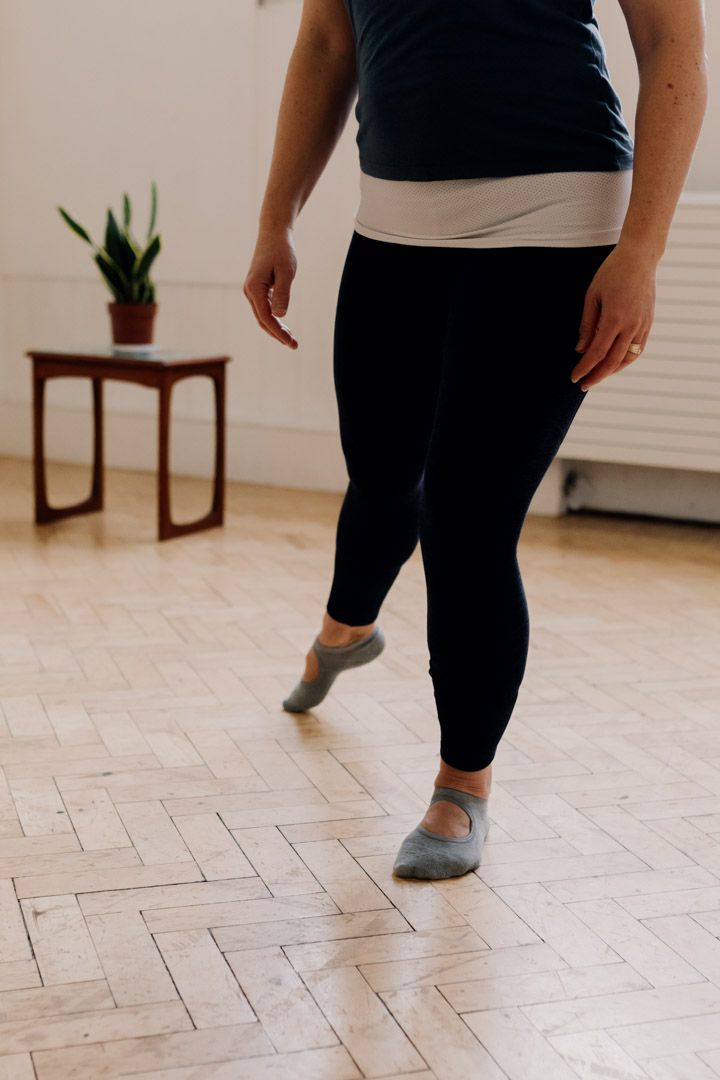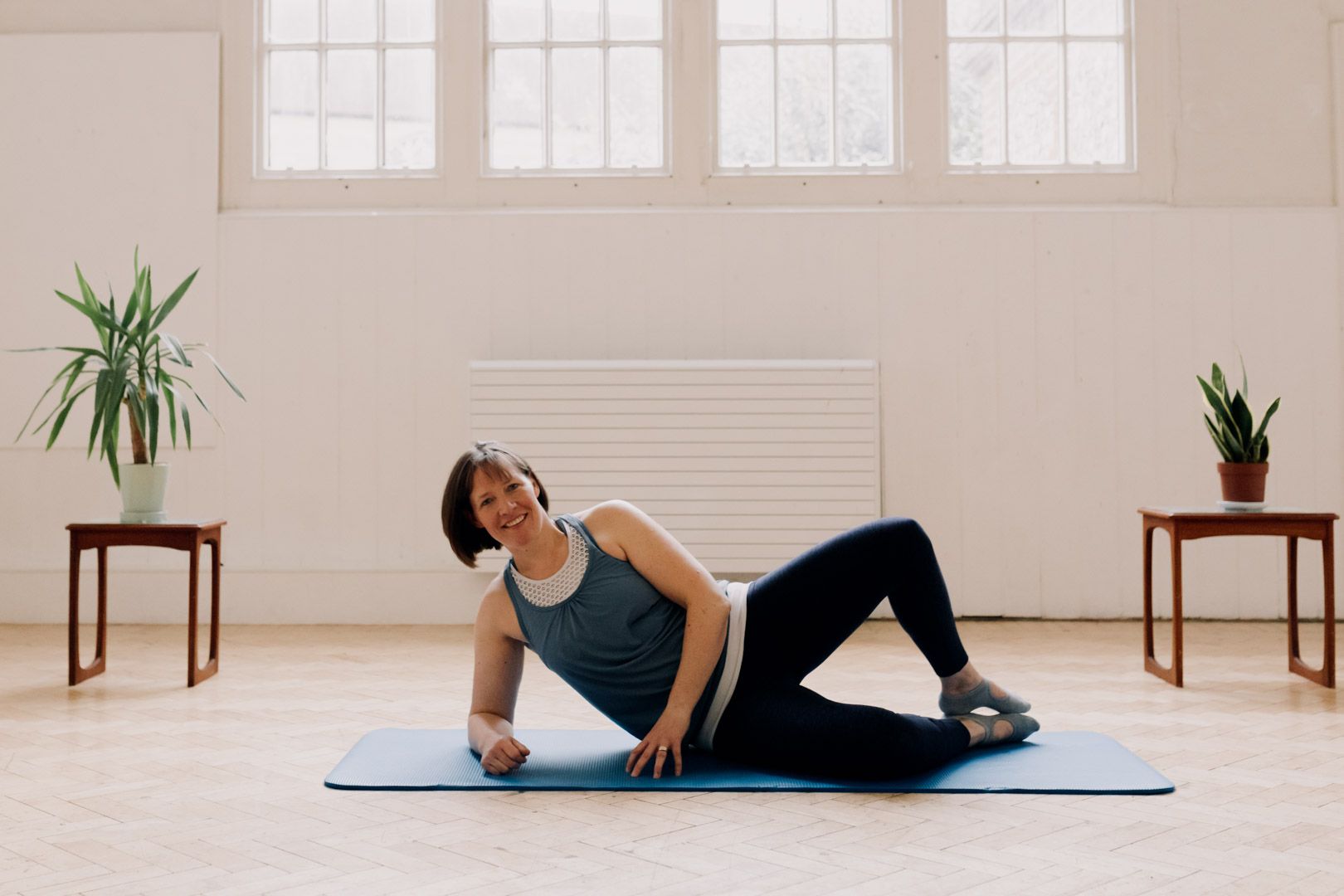Pilates and Walking
Pilates and Walking
It's perhaps easy for people without disabilities to take an activity such as walking for granted, until it becomes an effort as we age or sustain an injury. As we typically now live much more sedentary lives than in the pre-industrial era, it’s all too easy to move our body less and less. We can do so many things at the click of a button that used to require physical activity, such as sourcing our food or finding entertainment. In fact, we now have to work against our natural instincts (to conserve energy) in order to get ourselves to exercise and move our body intentionally.
Unfortunately, if we stop providing our body with enough stimulus, through our conscious efforts to move, balance, and stay strong, then the opposite begins to occur over time. These negative changes can reduce our functional independence in activities such as walking, climbing stairs, rising from a chair and more. However, the good news is that we can use exercise and physical movements to provide the body with the appropriate stimulus to support the health of our muscles, joints and bones and therefore improve our ability to carry out activities of daily life.
Katy Bowman's incredible book 'Move your DNA' goes into great detail on how the body responds to the stimuli placed upon it. She explains the benefits of weight-bearing exercise on our bones, and how our muscles and tendons respond to the forces placed on them when we move a load. She discusses the importance of moving the body in a variety of different ways, to maintain range of motion and to place forces on the various structures in multiple planes of movement. I try to incorporate this idea when I'm lifting weights in the gym, by varying the angles that I move in, to provide a greater variety of stimulus to my musculoskeletal system. I also incorporate this concept when teaching Pilates, building plenty of variety into the classes, therefore increasing the range of forces placed on the body.

When our range of movement decreases, particularly in our toes, ankles and hips, we might notice some changes in our gait pattern – that is the way in which we walk. Our mobility in our hips, ankles and toes is particularly important in maintaining a decent stride length, and to cope with stairs, inclines, declines and uneven surfaces.
We also rely on stability and strength, especially around our hips and pelvis, so that we can confidently transfer our weight from one foot to another. If we lose this stability and strength our gait pattern can begin to alter, becoming more of a sway or a shuffle.
How can Pilates help us to maintain our balance, stability, and stride length as we walk towards older age? Typically, my classes include exercises in standing that promote both strength and mobility in our hips, leg muscles, and feet, which are key components to maintaining a good walking pattern. We will usually do some specific exercises that challenge our balance too, such as the clock circles.

Clock circles
During this exercise the weight is transferred onto one leg while the other leg draws an imaginary semicircle as if from 12 o’clock to 5 o’clock. This not only challenges the balance on the standing leg as well as control of the knee, ankle and foot but also challenges hip mobility and strength in the circling leg. All of this can help support a good walking pattern and posture.
We usually also do some exercises lying on our side to strengthen our hip muscles. These can include various adaptations of lifting our leg up and down or swinging the leg forward and back or making circles in the air – all of which work to strengthen the muscles in our hip which are needed for pelvic stability. We can also vary the resistance to these muscles by adding a resistance band, which adds extra load to the moving muscles. An example is the clam, shown here.

There is a common misconception that Pilates classes are particularly hard and that most exercises are aimed at strengthening the core muscles. Whilst we do engage the core muscles, many of the exercises I teach are aimed at improving function, not just core strength. I love getting people started on their Pilates journey, so my classes are not necessarily for you if you’re looking for an advanced class.
If your walking pattern is changing as you get older, or it's getting harder to balance, for example when putting on your shoes, please get in touch to join my gentle weekly Pilates classes in Hook. Drop me an email and book your place in the new term beginning on 23rd of April. New starters are welcome to start at any time, spaces permitting, and I'd love to see you back in class if you've been taking a break! This article is for information and interest only and is neither advice nor instruction.